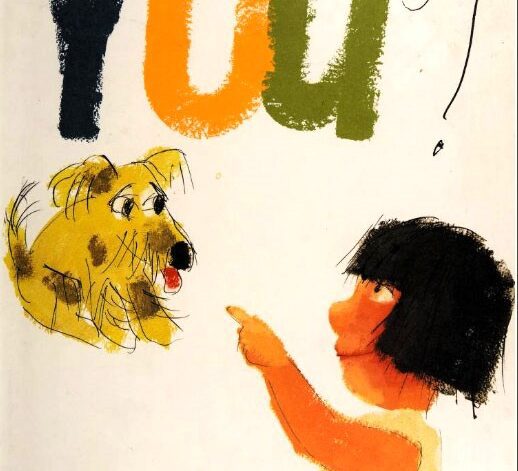Author: Wynton Marsalis
Illustrator: Paul Rogers
Year: 2005
Publisher: Candlewick
 Jazz ABZ: An A to Z Collection of Jazz Portraits (Candlewick, 2005) is exactly what the title promises: 26 jazz greats, one for each letter of the alphabet.
Jazz ABZ: An A to Z Collection of Jazz Portraits (Candlewick, 2005) is exactly what the title promises: 26 jazz greats, one for each letter of the alphabet.
The words come from Wynton Marsalis, trumpeter, bandleader, and walking encyclopedia of jazz. Instead of writing mini-biographies, he plays with form. Each letter gets a short poem, and the style changes depending on the musician. For Louis Armstrong, the poem builds like a riff. For Dizzy Gillespie, the lines jump around with the same kind of bounce you hear in his trumpet. Marsalis even adds a section at the back explaining the poetic tricks he used.
The pictures come from Paul Rogers, a graphic designer with a love of bold lines and poster-like layouts. His portraits are sharp, colorful, and a little larger than life, like album covers that could double as classroom art. The book’s big square format reinforces that feel — it looks and flips like a stack of record sleeves.
Together, the text and images set up a rhythm: verse on one page, portrait on the other, back and forth like call and response. The structure is simple, but the pacing makes the book work whether you read it out loud or just flip through silently.
Marsalis doesn’t leave readers hanging after the alphabet. The back matter adds short biographies and a discography — enough to point you toward the real music. It’s a reminder that this book is an invitation, not the whole story.
What makes it work is the balance. Marsalis keeps the words short and playful, Rogers keeps the art bold and uncluttered, and the two parts snap together like a good rhythm section. You don’t need to know the history of bebop to enjoy it, but if you do, the details click even more.
In the end, Jazz ABZ is less a history lesson and more a mixtape with pictures. It introduces names, sparks curiosity, and shows how rhythm on the page can echo rhythm in the music. If you laugh at some of the lines, or find yourself tapping your foot to the pacing, then the book has done its job.




























